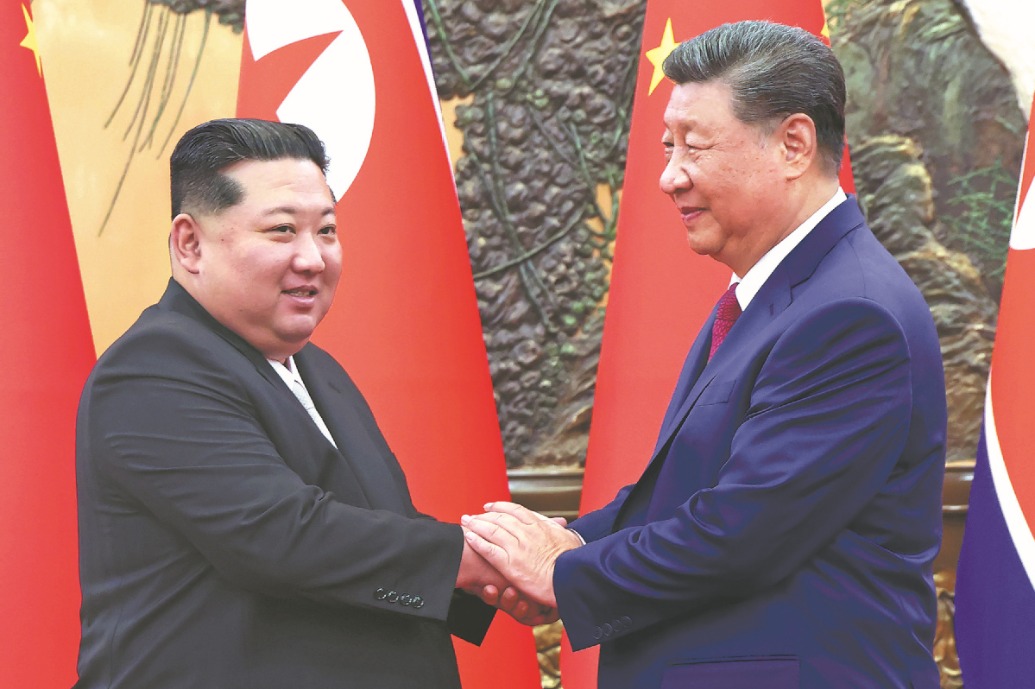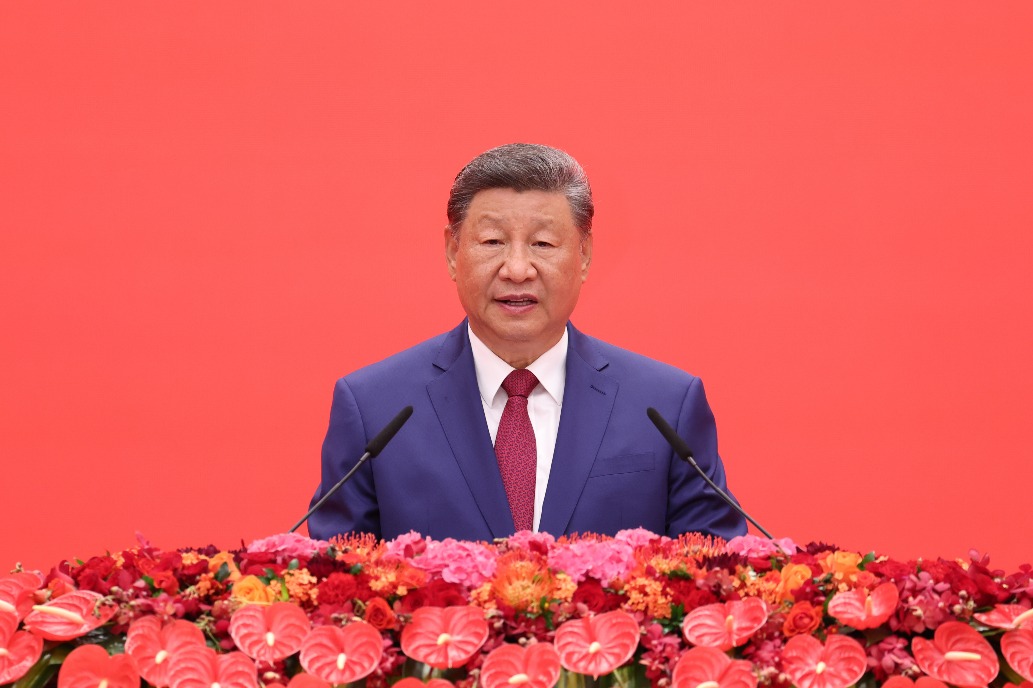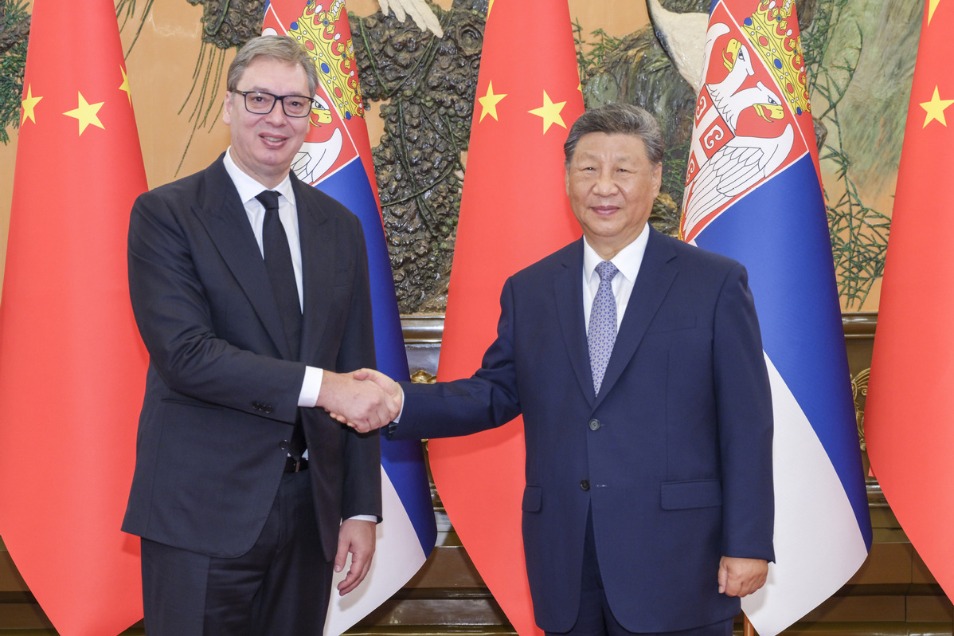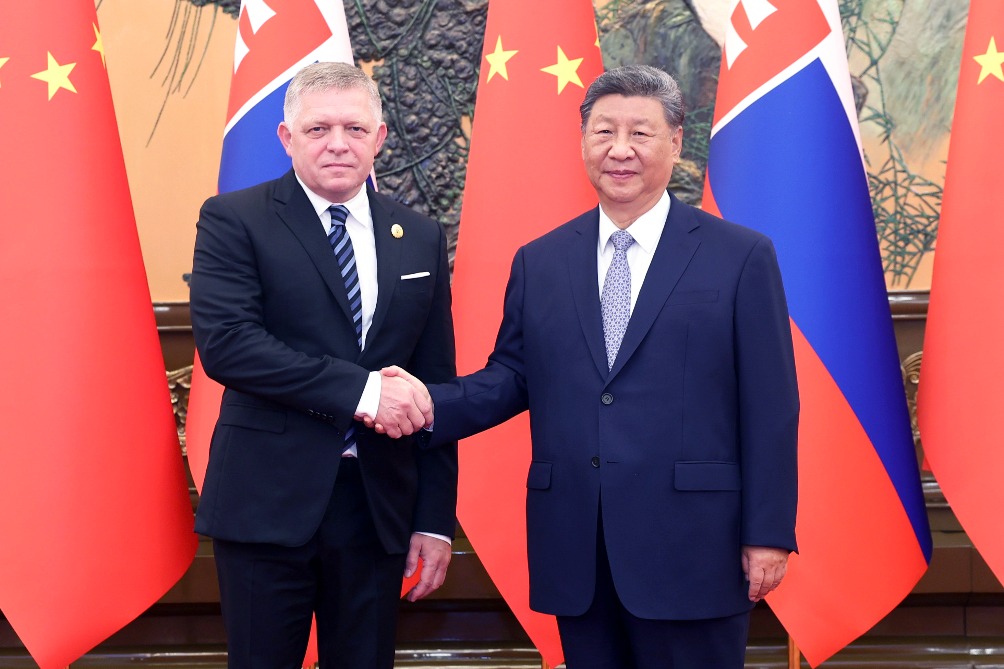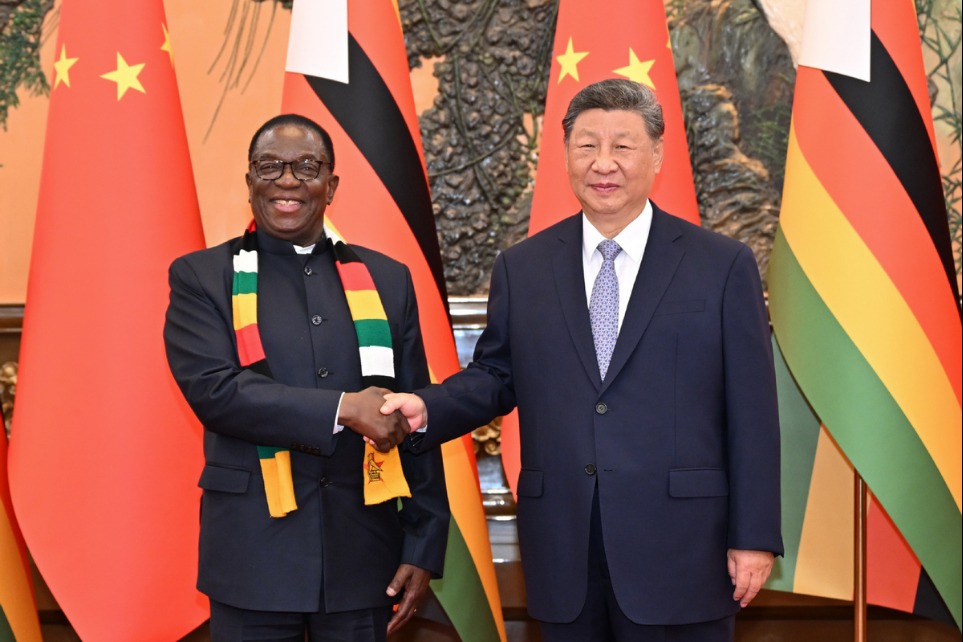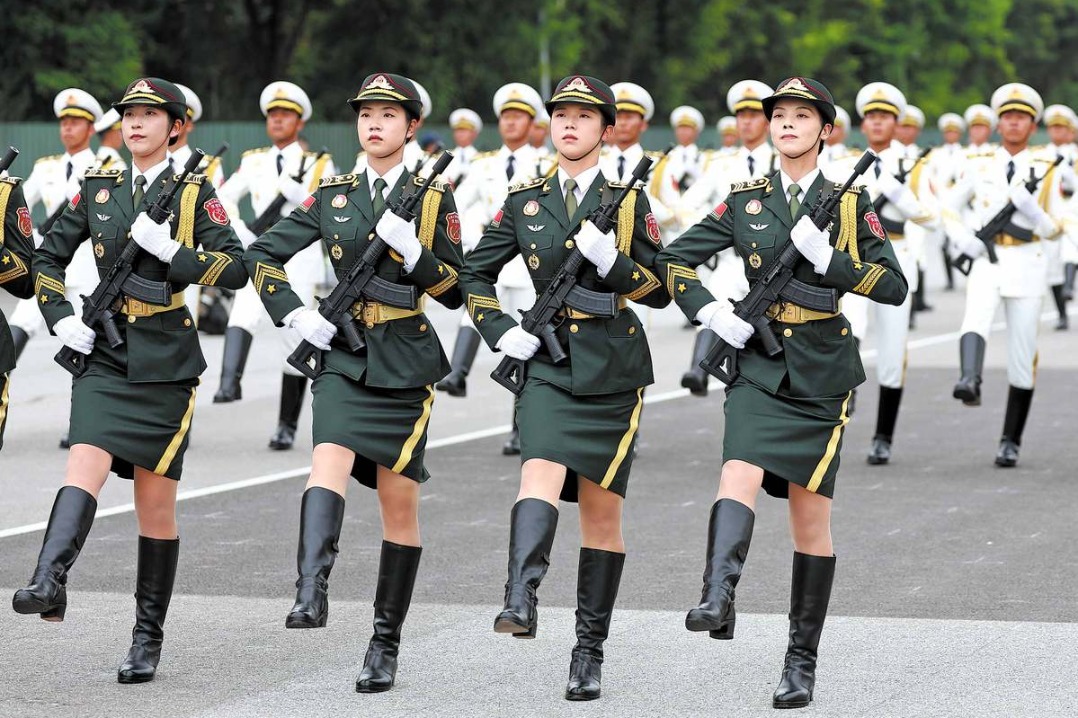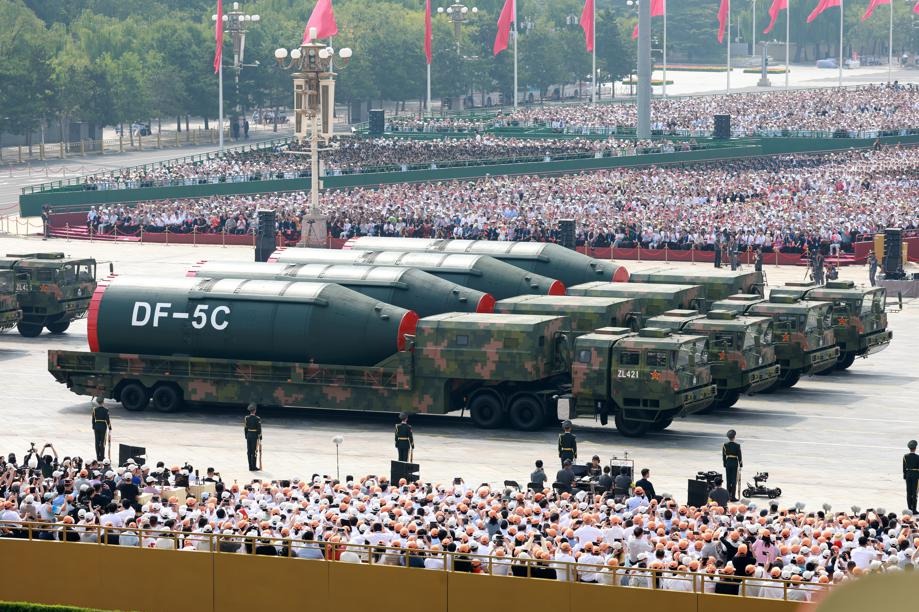EU engaging with markets of the future reflects the changing times

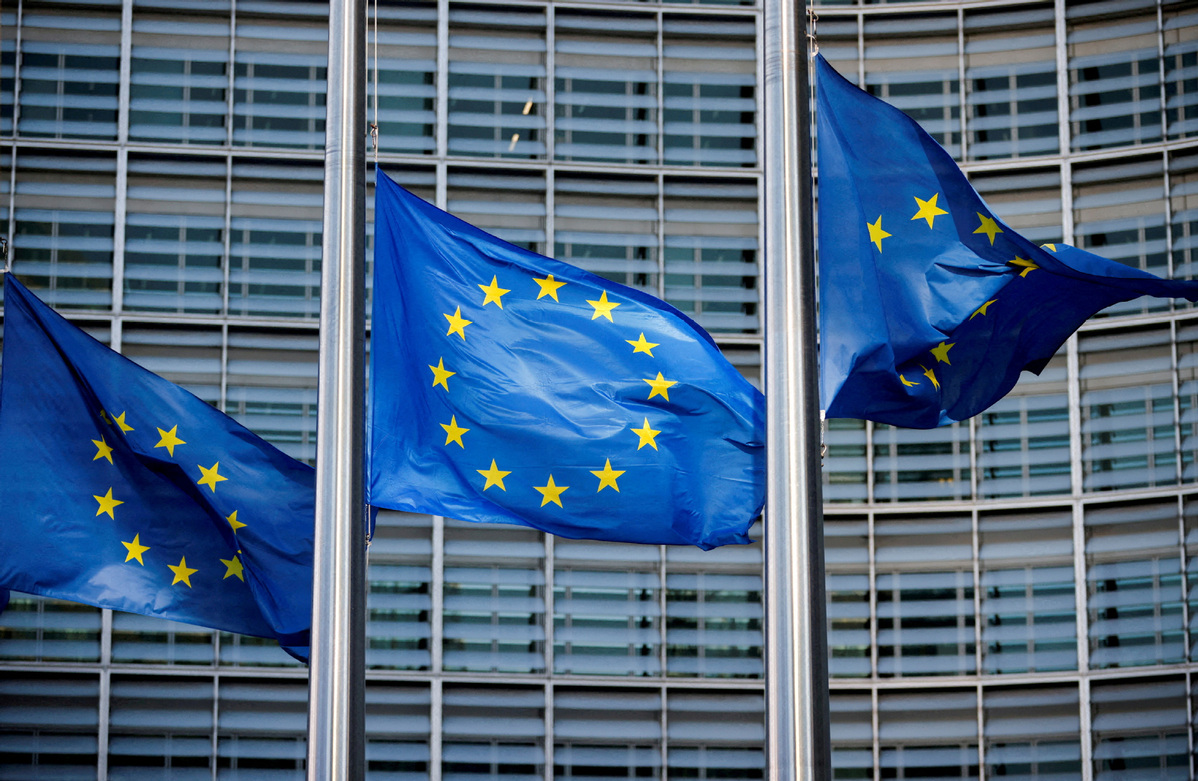
For Mercosur, the Southern Common Market, the European Union is its second-largest trading partner, with exports totaling €57 billion ($66.43 billion) in 2024 and accounting for a quarter of the latter's trade in services.
For the EU, Mercosur's total trade with it was just 2 percent of the latter's total trade in 2022. On the surface that does not seem like a lot. Yet over the past decade, the EU's imports from these nations grew by €18.8 billion, up 50.3 percent, while its exports rose by €11.1 billion. Besides, the EU's exports of goods to Mexico reached €53 billion in 2024, a remarkable 324 percent rise since the EU-Mexico trade agreement took effect in 2000.
Mercosur's 295 million population and Mexico's roughly 130 million indicate that the EU is engaging with growing markets. Moreover, the EU is already Mercosur's largest foreign investor, with a stock of €390 billion, compared with €209 billion in Mexico in 2023.
Against this backdrop, the European Commission's proposals to the European Council for concluding the EU-Mercosur Partnership Agreement and the modernized EU-Mexico Global Agreement are on expected lines. As European Commission President Ursula von der Leyen noted: "EU businesses and the EU agri-food sector will immediately reap the benefits of lower tariffs and lower costs, contributing to economic growth and job creation."
Analysts point out that the EU's introduction of a safeguard mechanism for agricultural products, following a provisional agreement with Mercosur last December, has helped. This maneuver must be seen in the context of the trade uncertainties caused by the United States, which has wielded tariffs aggressively and issued extensive trade lists across multiple economies.
The EU's implicit strategy is to diversify from its traditionally largest trading partner, the US, and place a larger portion of its economic eggs in the "emerging markets "basket. The basket may seem small today, but it offers a higher growth potential and more predictable returns tomorrow.
These moves reflect a subtle but significant shift in EU priorities to actively engage with the developing world. It is a calculated choice to embrace the markets of the future rather than rely solely on the ones of the past. For China, this evolution offers both opportunity and insight. As the EU's second-largest trading partner, its third-largest export market, and largest source of imports, China still holds substantial room to deepen cooperation with Europe. Shared challenges, such as the pressure of US tariffs, create incentives for strategic alignment.
In a world where major economies are increasingly pivoting toward emerging markets, China can play a big role in helping to draw the contours of tomorrow's global trade landscape. For the EU, engaging with such dynamic economies displays a long-term strategic vision for growth, influence, and resilience in a world of uncertainties.
In essence, the EU's shifts toward Mercosur and Mexico are more than mere trade deals. They are statements of the world's intent, a recognition that tomorrow's prosperity will be won by those willing to invest in future markets, nurture strategic partnerships, and balance economic ambition with political foresight. And in this shifting global order, China stands as both a partner and a reminder that the future belongs to those who look forward, not backward.
















